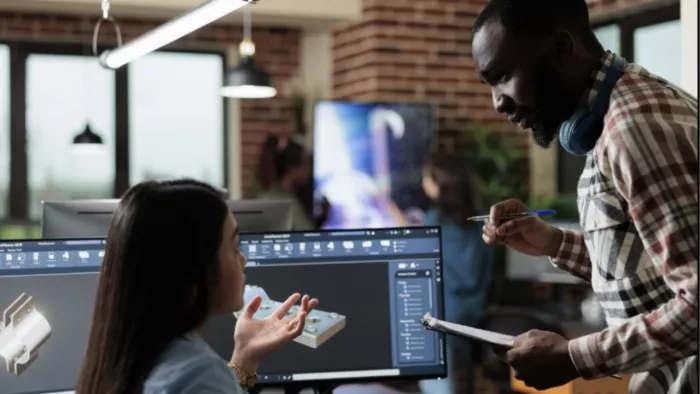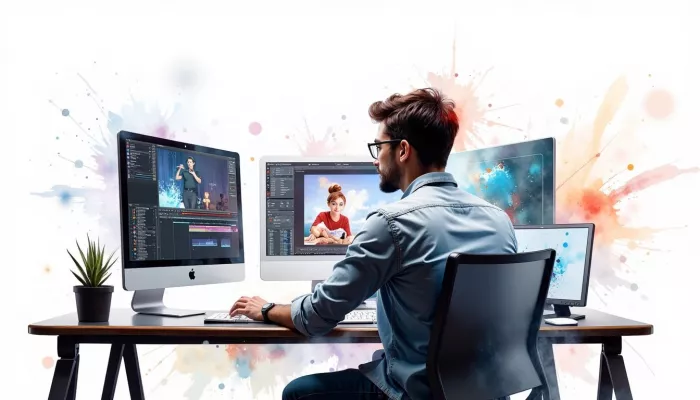
If you make videos for work, social media, education, or film, you’ve probably noticed: AI tools are everywhere. From auto-transcripts, smart cropping, background removal, to whole scenes or avatars generated by AI. Meanwhile, long-standing software like Adobe Premiere, Final Cut, DaVinci Resolve, and Avid are updating, but seem to be playing catch-up in automation.
So asking “Are AI-powered tools going to replace the traditional ones?” isn't just curiosity. It's about cost, creativity, speed, skills, jobs, and what “editing” even means.

Cost & Time Savings
AI tools cut production costs by up to 60% and slash time spent on tasks like captioning or color correction (up to 77% cheaper). Using AI avatars for marketing videos can also save nearly 70% in talent costs.
Adoption Trends
About 77% of editing software has AI features built in. Nearly half of creators already use AI tools for part of their workflow, and the market is expected to keep growing at double-digit rates.
Quality & Limitations
AI enhancement tools can boost video quality by over 80%, far beyond manual fixes. But for storytelling, complex transitions, or nuanced edits, traditional software still wins. Studies show AI works best when paired with human oversight.
Hybrid Workflows
Analysts note that most editors don’t replace traditional software, they combine it with AI. For short social clips, explainers, or training videos, AI handles the bulk. For films, commercials, or live events, classic tools remain essential.
AI could easily replace the traditional editing in Social/marketing clips, Fast turnarounds, and templated styles. Corporate training, clarity over aesthetics; avatars and automation save time. Educational shorts, Research shows AI boosts engagement if guided by humans.
Volume content: Influencers and small businesses can scale cheaply, though risk looking generic.
These are some very important common risks, such as generic, recycled styles. Errors in context, lip-sync, or audio. Hidden costs (subscriptions, cloud usage). Copyright and licensing grey areas.
Risk of over-relying on AI without editing fundamentals.
AI won’t kill traditional editing — it’s evolution, not extinction. AI for drafts and scale, traditional tools for polish and creativity. Editors who master both worlds will thrive, and standout content will come from human creativity layered on top of AI efficiency.
So, are AI-powered video tools the end of traditional editing software? No, but they are a powerful inflection point. They’re redefining parts of the creative workflow, especially for speed, scale, and automation of repetitive tasks. They’re lowering barriers to entry. But for creativity, polish, and tasks requiring deep human judgment still have real muscle.